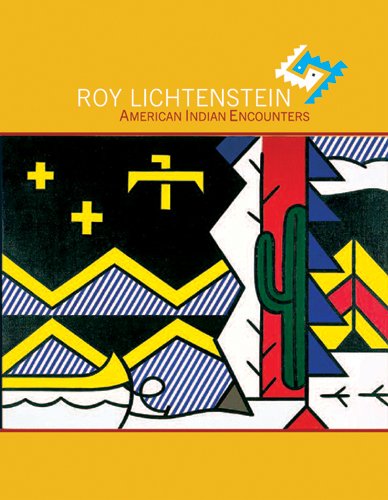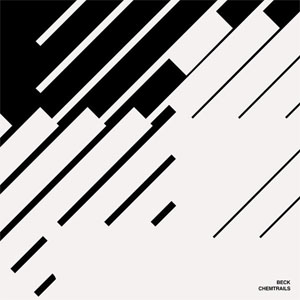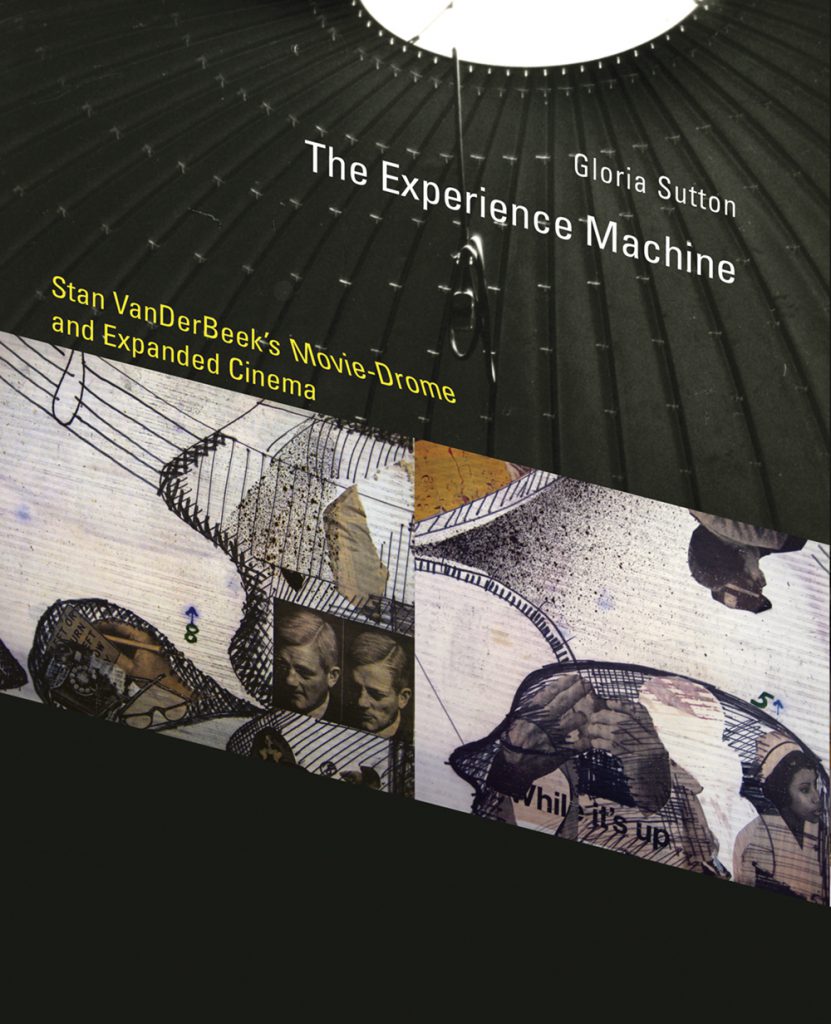Gloria Sutton - The Experience Machine – Stan VanDerBeek’s Movie-Drome and Expanded Cinem
In 1965, the experimental filmmaker Stan VanDerBeek (1927–1984) unveiled his Movie-Drome, made from the repurposed top of a grain silo. VanDerBeek envisioned Movie-Drome as the prototype for a communications system—a global network of Movie-Dromes linked to orbiting satellites that would store and transmit images. With networked two-way communication, Movie-Dromes were meant to ameliorate technology’s alienating impulse. In The Experience Machine, Gloria Sutton views VanDerBeek—known mostly for his experimental animated films—as a visual artist committed to the radical aesthetic sensibilities he developed during his studies at Black Mountain College. She argues that VanDerBeek’s collaborative multimedia projects of the 1960s and 1970s (sometimes characterized as “Expanded Cinema”), with their emphases on transparency of process and audience engagement, anticipate contemporary art’s new media, installation, and participatory practices.
VanDerBeek saw Movie-Drome not as pure cinema but as a communication tool, an “experience machine.” In her close reading of the work, Sutton argues that Movie-Drome can be understood as a programmable interface. She describes the immersive experience of Movie-Drome, which emphasized multi-sensory experience over the visual; display strategies deployed in the work; the Poemfield computer-generated short films; and VanDerBeek’s interest, unique for the time, in telecommunications and computer processing as a future model for art production. Sutton argues that visual art as a direct form of communication is a feedback mechanism, which turns on a set of relations, not a technology.
Hardcover, 272 pages, published in 2015
About the Author
Gloria Sutton is Assistant Professor of Contemporary Art History and New Media in the Department of Art + Design at Northeastern University.
“Stan VanDerBeek’s Movie-Drome (1965) is one of the most important projects created at the intersection of art, video, and digital technology. This book is the first in-depth study of Stan VanDerBeek’s works and ideas on the larger practice of 1960s avant-garde, and subsequent emergence of new media art and digital culture. It’s a must-read for anybody who wants to understand the conceptual roots of social media networks, creative coding, and our present cultural situation.”
—Lev Manovich, The Graduate Center of the City University of New York, author of The Language of New Media
“The Experience Machine is an illuminating and authoritative study of Expanded Cinema and one of its key artists. Combining a close analysis of VanDerBeek’s films, drawings, collages, photographs, and writings with a lucid assessment of the historical debates and practices of 1960s multimedia art, the book’s originality lies not only in the sheer information it yields, but also in the questions it asks and the very concepts it proposes.”
—Roy Grundmann, Boston University
€35.00

Robert Todd - Mom and Pop Shop
Robert Todd (1963-2018) was a Boston-based American filmmaker, known primarily for his short poetic experimental films. This DVD was produced by Todd himself,..(read more)
Label: Own
Artist: Robert Todd
Medium: DVD
Category: Films.
Tags: Cinema, Experimental, USA.
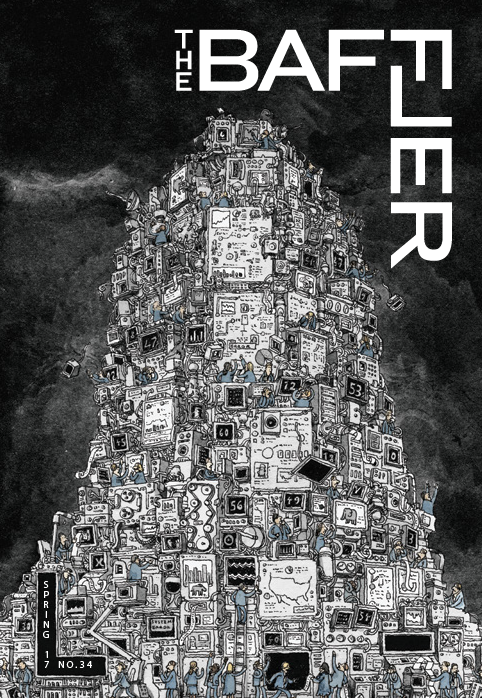
The Baffler - # 34 (March 2017)
The US are in bad weather because Americans naively trusted the so-called experts. Issue 34: “The Snare of Preparation.”
Publisher: The Baffler / ISSN: 1059-9789
Author: The Baffler
Medium: Magazine
Category: Books & Magazines.
Tags: Activism, Magazines, Politics, USA.
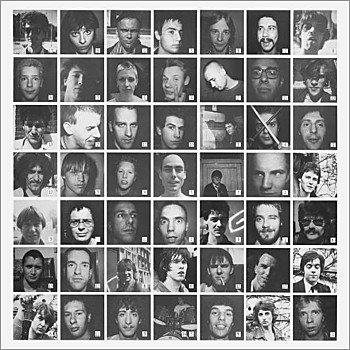
Various Artists - Rotterdam Collection
In 1979 Peter Graute of the recordstore Backstreet recorded a collection of Rotterdam DIY bands with a punkattitude on his label Backlash. Amongst the bands rec..(read more)
Label: Backstreet / Backlash / BBR-0001
Artist: Various Artists
Medium: LP
Category: Records & Tapes.
Tags: '70s, '80s, Vinyl.
